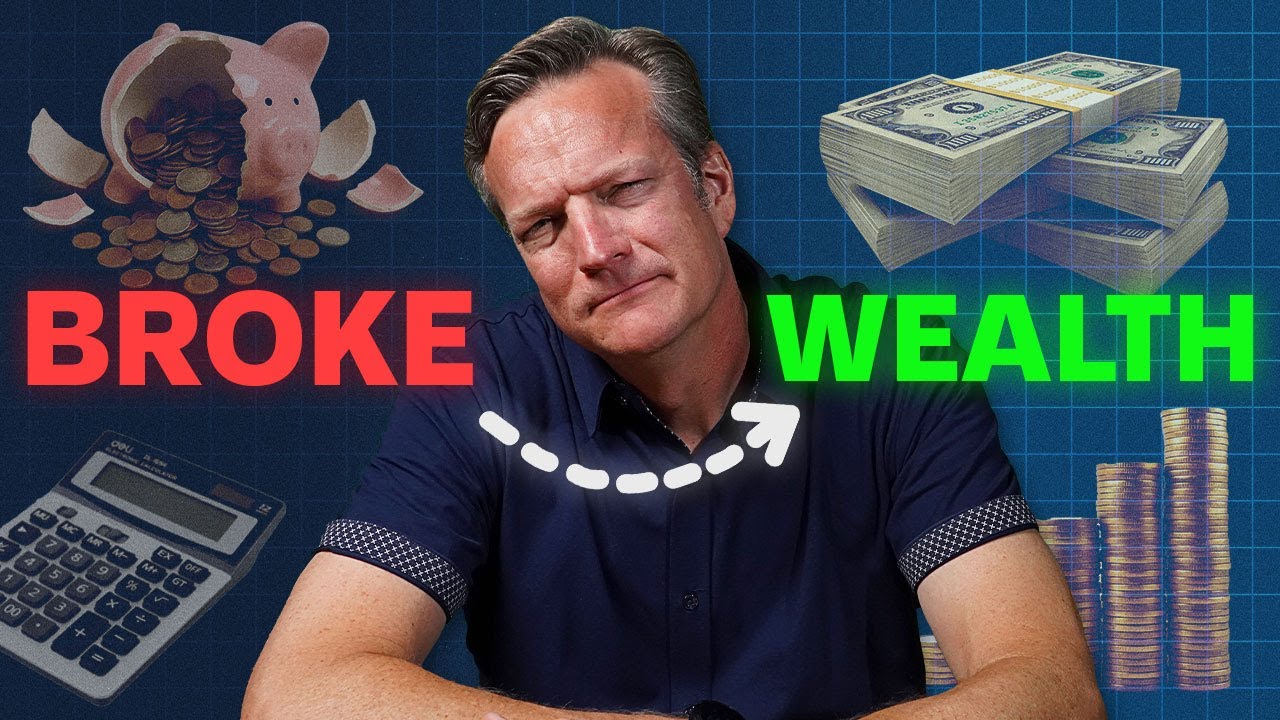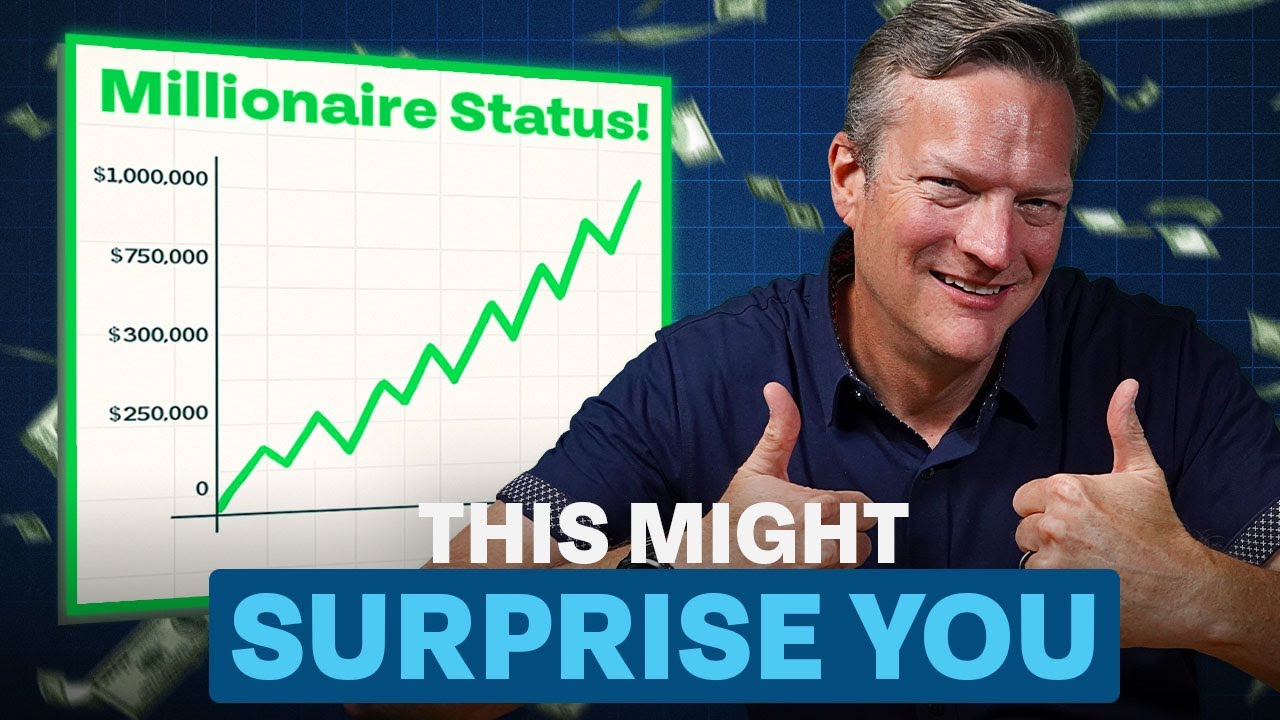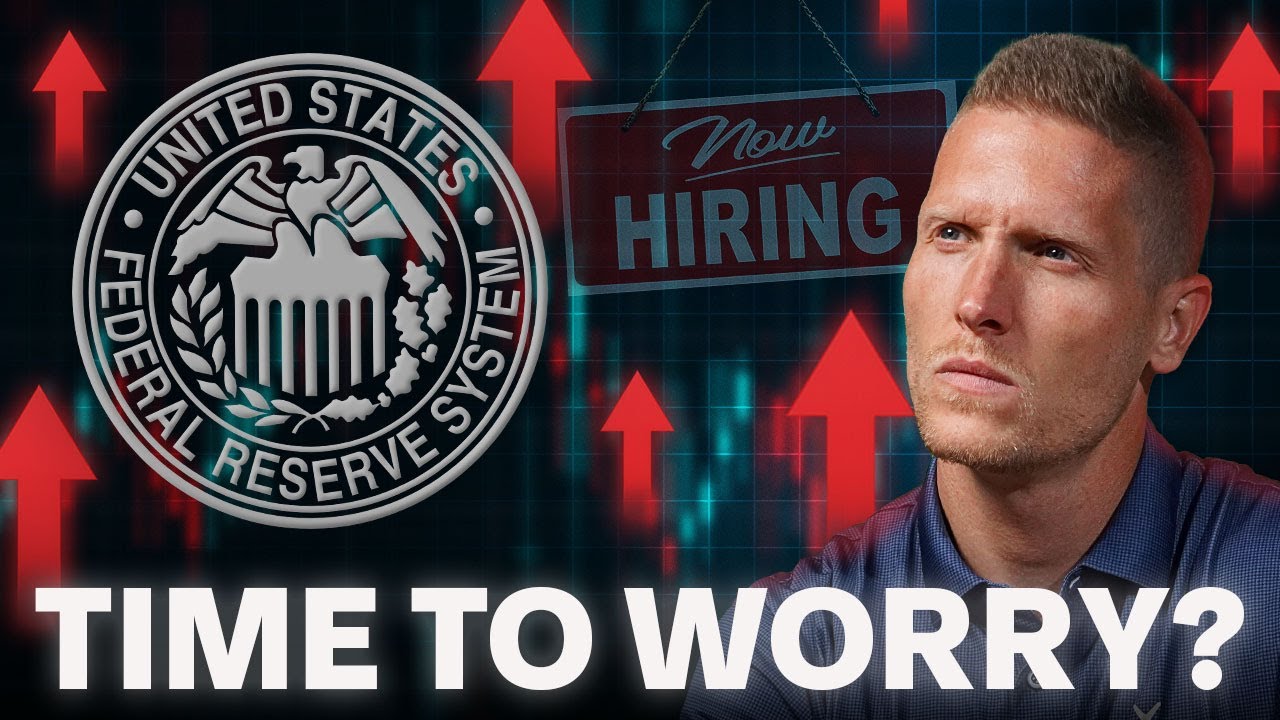We’re going to move on to Eli’s question. He says, “I am 25, and I have $50,000 in a high-yield savings account.” Wow, that’s awesome. I know. He says, “I want to start investing again, but I have a sour taste from the stock market in the past few years. How can I rewire my brain to invest?”
You know, I had this problem, BR, when I started in the financial world. It was like 2008, 2009, the Great Recession, the world falling, all this stuff. But I was so juiced about financial planning that when I was finishing up my coursework in 2006, 2007, I told a couple of buddies, “Man, you guys should do a Roth IRA. We all have part-time jobs, we’re busting tables, we’re serving. You guys should do a Roth IRA. It’d be great.” And I convinced them to take a thousand bucks and put it in a Roth, and they did this in 2007. Then 2008 happened, and they watched that $1,000 turn into like $600 real quick, and they’re like, “Why? Why on earth did you ever get me to do this investing thing? Stock market doesn’t work. This is awful.” And it’s because I led them astray. I wonder, Eli, if this is what’s happened for you. You have been soured with investing because maybe you made a decision that just had some unfortunate timing. If I could go back in time to my buddies and say, “Hey, you know what? Here’s what you should do. Don’t take $1,000. Don’t put it all in a Roth today. Why don’t you just start doing $100 a month, and every month you put $100 in, and we’ll just buy a low-cost index fund. And you know what? At the end of 10 months, if you’re out of money, we’ll stop, and we won’t do any more.” Now, what will practically happen (we see this with clients) is that at that 10-month mark, they never stop. The $100 just keeps flowing in, keeps flowing in, keeps flowing in. Had I done that, what would have happened is they would have been buying all through 2008 and all through 2009. And that moment when they said, “Holy cow, I can’t believe I did this investing thing. Why on earth did I jump into this?” Instead of saying that, they said, “Holy cow, you realize the market was down 200 points today, and my purchase went in. And by the way, the market went up last week. And holy cow, do you see what my thing?” Then you’re able to turn that negative into a positive. So, Eli, if that is where you are and you’ve got this money sitting in that high-yield savings account and you want to dip your toe back into investing, I think that’s the way that you probably ought to think about doing it — actually dipping your toe in a steady and slow systematic basis to begin doing it over time and try to jump right into the deep end.
Yeah, Eli, I’m going first of all, this is a great time to have a lot of cash. I mean, I just got an email from one of my high-yield savings accounts yesterday. This is one of the FDIC, not even the money market mutual funds, and they’re now paying 5.15% FDIC high-yield savings account. Pretty incredible. But here’s what I was thinking about when I was listening to Bo talk about this, Eli. You’ve been burned. In Bo’s example, he talked about his buddies that he told a $1,000 stock tip that turned into $600. You know that if you think about that drop on your $50,000, that would be a haircut that went down to $30,000 using the exact same percentage. That’s probably what has got you ouch. So we’ve got to come up with a better way to do money. That’s why I just want to do a quick walkthrough. Go to moneyguy.com/resources. You two can download this free copy of the Financial Order of Operations. This is what’s going to protect you from this. Let’s talk long-term and also the most efficient path for each dollar that you control. Deductibles covered, you know, 25, look at your health insurance. You’re trying to find your highest deductible and make sure that’s covered. It’s probably going to be your health insurance, is what I would think. So go check that out. Now, 25, potentially you’re on your parents’ insurance still. So then go look at your car insurance or something like that. Then move to step two. If you’re working for an employer, figure out how you can put in — that’s planning ahead — that’s probably more of a dollar-cost averaging behavior because you’re going to allocate more from your paycheck into your employer plan. You don’t want to miss those best days. So we’ve got to make sure we get that money going. High-interest debt. I imagine with $50,000, you don’t have any high-interest debt. At least, if you do, you should be able to knock it out quickly. Step four, three to six months, we look at three to six months. You’re going — you know, 25, that’s not going to be huge. So it’s still going to be even money. And that’s the money you just leave in the high-yield savings account, try to get that 5% or greater that’s now out there that’s even being — emails are being blasted out to customers about. But then it gets to point number five that Bo talked about. Now look, if you’ve got $50,000 and we know, with Roth IRA, step five, you can’t touch this until you get to retirement age anyway. Let’s go ahead and put all $6,500 into that Roth IRA. Load it up. It doesn’t matter because if the market goes down next week, it goes down six months, that’s okay because you can’t touch that money for a gazillion years anyway. But then now you’re going to have the question after you load up your Roth IRAs, health savings accounts, whatever you access the max out retirement accounts. That’s going to now fall into doing your best strategy that Bo was kind of alluding to, how do you figure this out? If you had $50,000 after you’ve gone through steps one through five, you’re probably still going to be somewhere around potentially like 30 grand, maybe even 35 grand. And that’s where you’re going to have to figure out, do you want a dollar-cost average, or do you want to lump sum invest? This is a big number, so you’re probably going to want to dollar-cost average it. And the reason I want to encourage you — you could, so, and I would probably say like a five-month period, five to six-month period. But here’s the ultimate thing. So, I just told you how and what to do by using the Financial Order of Operations, but this is the why. And one of the things we talk about is that we’ve done studies with the worst investors in history. We’ve done studies with the best investors. And usually, it all comes down to time in the market matters. And a lot of us as humans, we try to control the situation.
We say, “Well, if we could just avoid the worst moments, it takes away all the pain.” But the reality is nobody knows when those worst moments, so it’s best to just stay in the market because if you missed the best days, you’re going to see that you take an incredible rate of return over the long term that gets crushed. And just because you got caught up into the emotional side, I’ll show Eli a chart. Yeah, yeah, do it. You’re going to love it. You guys will see it pop up on your screen too, but this kind of thing has helped me tremendously. This is going to show you the bear markets and the bull markets, I mean, over the past, let’s see, from like 1942 to almost present day. I mean, I’d love to hear you guys expound on this, but you can see the dips, which are in yellow, are so much smaller than the growth that you can experience over time. And if you’re 25, you’ve got a lot of exciting years. So that has really changed the way that I see investing because I’ve experienced the same thing. I opened a Roth, and you don’t see a lot of exciting things happen in the first few years, right? But when you look at it over time, really cool things happen. So, I just wanted him to see that. I love that bull versus bear just shows how good the good times can be and how short and really infrequent the bad times are. I think if Eli had a bad experience, it just saddens me because more often than not, the markets are going up. It’s like eating, you know, you reach into the jar of nuts, and you get the one bad peanut, and it puts a bad taste in your mouth. That doesn’t mean that you stop eating nuts forever. That’s kind of the way that the market is just because your first experience is a bad nut. I would encourage you to get another hand. No, you do the opposite. You actually throw a handful of nuts in the next, wash out the — so you put more in. And that’s, um, so I hope you know because there is just so much data. Go out there and look in the archives of the Money Guy show. We’ve done so much content on why it’s good to be an optimist and why it’s good to be invested over the long term. So go make the most out of every dollar that comes into your command.
Want to know what to do with your next dollar? You need this free download: the Financial Order of Operations. It’s our nine tried-and-true steps that will help you secure your financial future.













